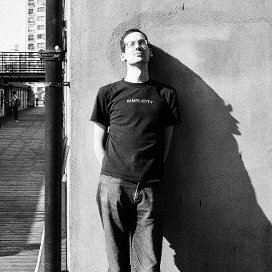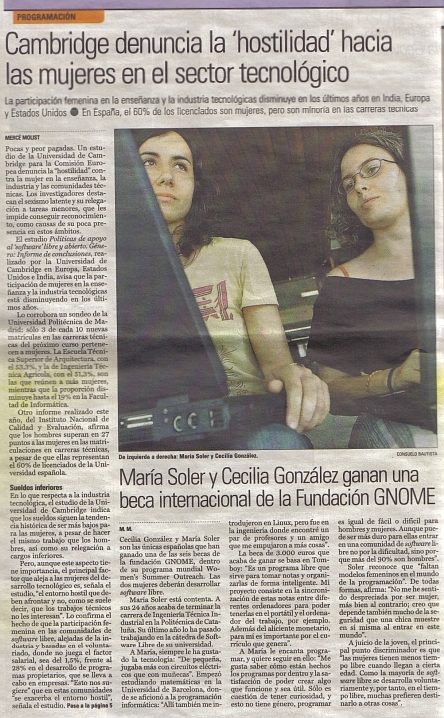Don Marti has a thorough write-up of the cross-pollination happening between OLPC and a bunch of free software projects. I enjoyed the last paragraph of the article the most:
Just as the CM1’s software is getting an overhaul, so is the keyboard. “Nicholas Negroponte’s one absolute demand is to get rid of Caps Lock,” Gettys says.
And, Bender says, “There’s one new key they get that’s the important one and that’s the View Source key.”
Having “the freedom to view the source” can seem very abstract, and having a “View Source” key makes this feature of the machines clear to the users. Imagine one of these kids visiting an Apple Store1 sometime in the future and innocently asking where the “View Source” key is. “Let you view the source? But that’s our property, it belongs to us, you can’t have it.”
For anyone wondering how the technical side to the key can work: almost all of the code the user runs is written in Python, and the system keeps precise track of what’s running where.
One of the inspirations for OLPC is the powerful ability children have to learn with minimal guidance; an ability which is consistently underestimated by adults. By providing free software in this way, the very structure of the machine reflects the potential for self-guided learning that originally motivated the creation of the device.
We’ve added many new features to the laptop since I started working with OLPC — a webcam, SD card reader and dedicated NAND flash controller are the latest — but it’s going to take something very special to supplant the “View Source” key as my favourite addition.
(1: I don’t mean to pick on Apple; insert any such vendor here. I chose Apple ’cause they’re both a hardware and software manufacturer. In fact, as the article points out, Apple have helped us out significantly by agreeing to let the Squeak Foundation release the Squeak Smalltalk environment under an Apache-style license. Squeak will be one of the main programming languages used by the kids.)





